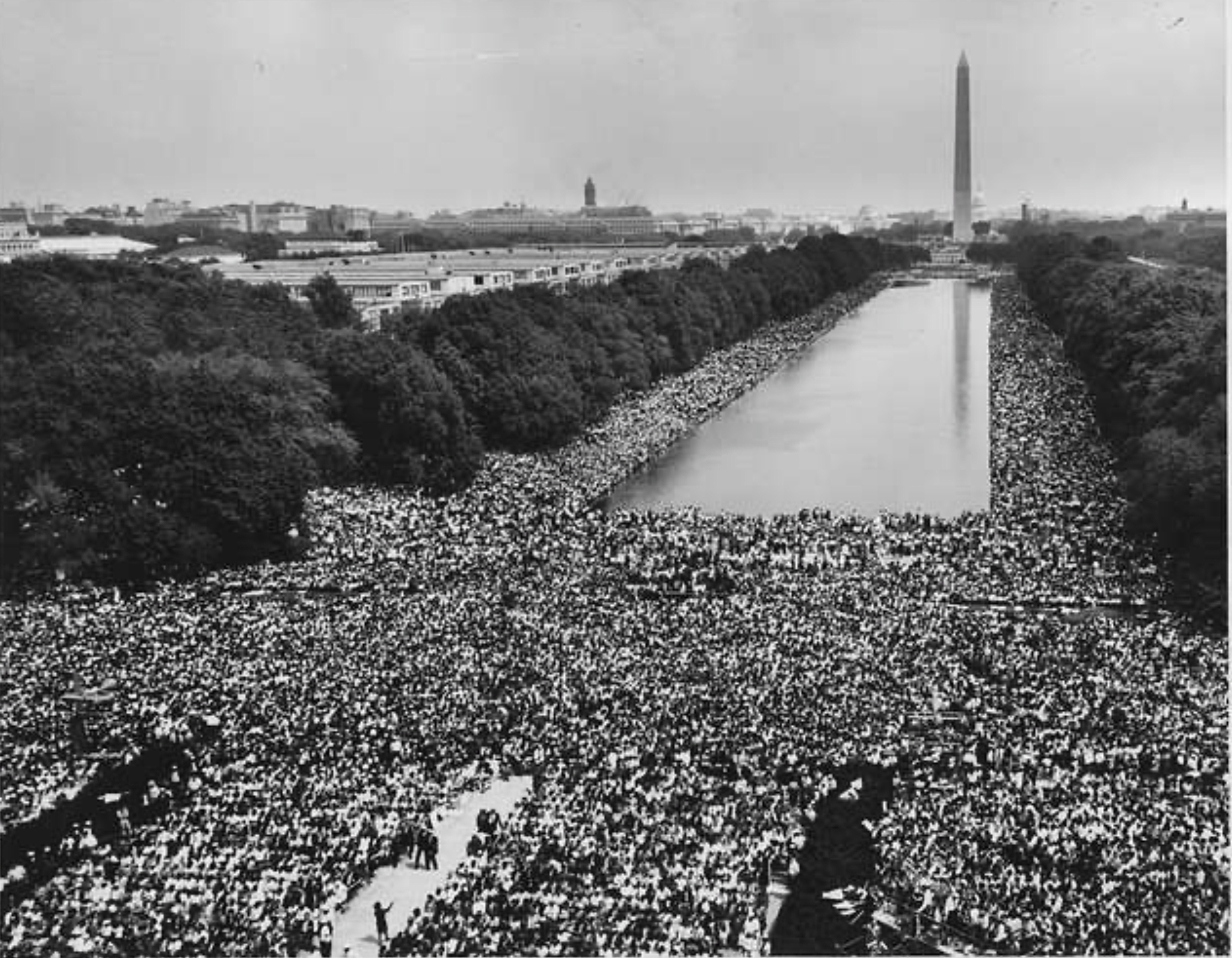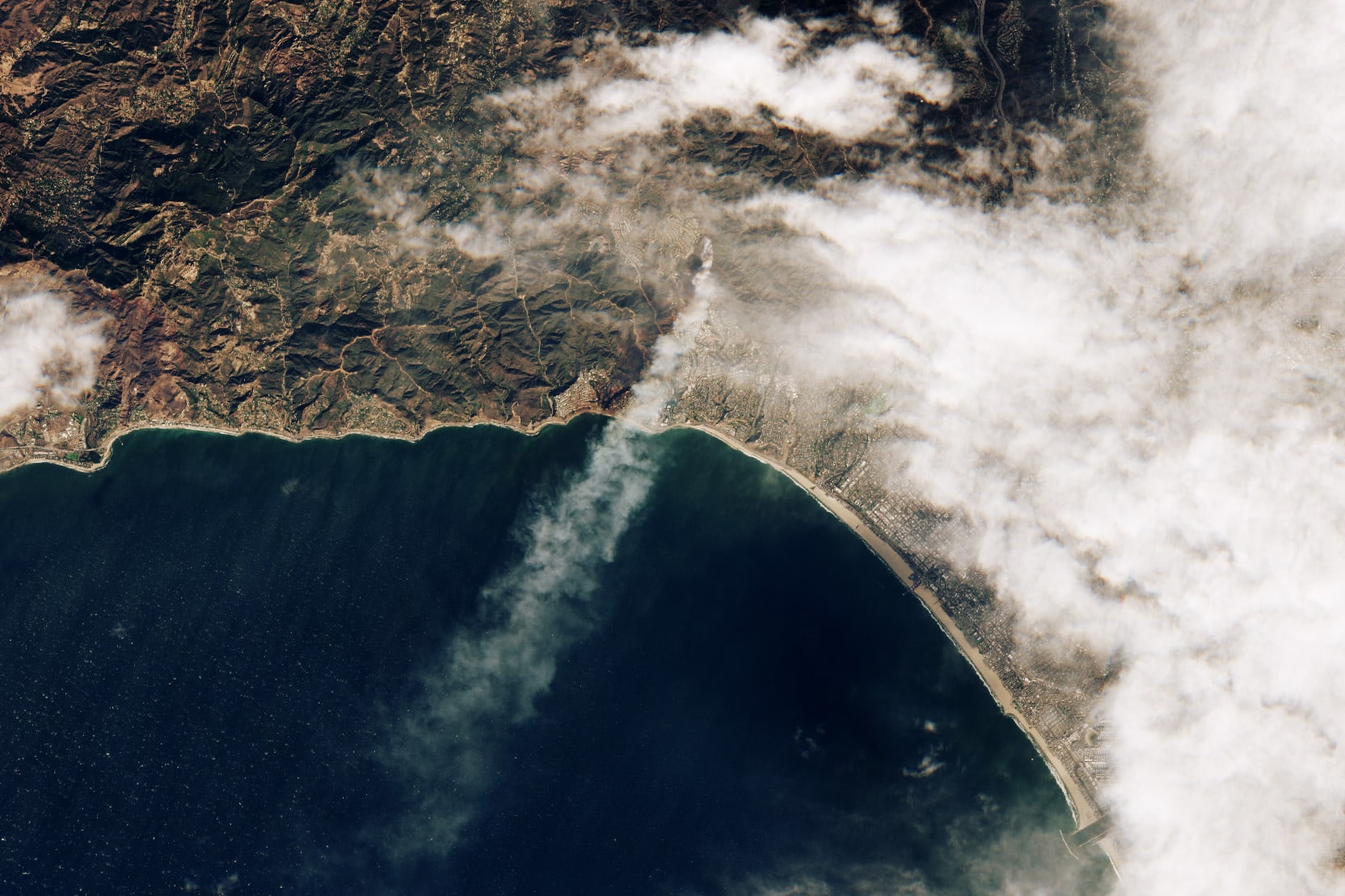
The Fed Was Established On This Date 105 Years Ago
How do you feel about the Federal Reserve on its 105th birthday?
On December 23, 1913, President Woodrow Wilson signed the Federal Reserve Act of 1913 into law, establishing the Federal Reserve System (often referred to as “the Fed”) to serve as America’s central bank and provide the nation with a safer, more flexible, and more stable monetary and financial system.
Why did it come up?
Central banking has made various appearances throughout American history, beginning with the First and Second banks of the United States, which were championed by Alexander Hamilton.
After the American Revolutionary War, the American financial system was deeply fragmented, and the government burdened with large wartime debts. Alexander Hamilton favored building a strong centralized political and economic institution to solve the country’s financial problems, which he believed would bring order to the U.S. monetary system, manage the government’s budget, and provide credit to the public and private sectors.
Hamilton ultimately helped establish the First Bank of the United States in 1791, which was chartered for twenty years. However, Jeffersonians — who sided with Thomas Jefferson in skepticism about central banking — continued to question the bank’s constitutionality, and an attempt to renew it in 1811 failed by one vote in both the House and Senate.
After the War of 1812, economic instability again necessitated the creation of a national bank. Thus, the Second Bank of the United States was created with a twenty year charter in 1816. The Second Bank was unpopular among the western and southern state-chartered banks, and the constitutionality of a national bank remained in debate. President Andrew Jackson sought to end the Second Bank during his presidency and ultimately, the Second Bank become private after its charter expired in 1836, and underwent liquidation in 1841.
For nearly 80 years, the U.S. went without a central bank. After various financial panics, particularly a severe one in 1907 that forced the U.S. government to turn to Wall Street for private sector investments and lines of credit to stabilize the banking system, momentum for a new central bank built. Some Americans became convinced that the U.S. needed some sort of banking and currency reform to provide a ready reserve of liquid assets and allow currency and credit to expand and contract seasonally within the economy during financial panics.
Some of these ideas were embodied in the National Monetary Commission’s Aldrich Plan, which called for the establishment of a National Reserve Association with 15 regional district branches and 46 geographically dispersed directors, primarily from the banking profession. Because the Aldrich Plan gave the government little power, rural and western states opposed it out of fear that it would become a tool of bankers, specifically the Money Trust of NYC.
After the election of 1912, the Democratic Party won control of the White House and both chambers of Congress on a platform stating strong opposition to the Aldrich Plan. The Democratic platform also called for a systematic revision of banking laws in ways that would provide relief from financial panics, unemployment, business depression, and protect the public from the "domination by what is known as the Money Trust."
After his election, Woodrow Wilson championed banking and currency reform, encouraging congressional leaders to enact changes even before his inauguration. In March 1913, the Democratic Senate creates its first-ever Banking and Currency Committee, chaired by Oklahoma senator Robert D. Owen. The House Banking Committee was chaired by Virginia representative and future senator Carter Glass.
In June 1913, President Wilson formally proposed the creation of a government-run Federal Reserve system. The House took up the issue first, passing a bill in September, after which the Senate Banking Committee began holding hearings. By December, the Senate was debating and voting on its version of the bill, and ultimately passed the Federal Reserve Act on an almost party-line vote.
The bill then went to a conference committee, which made the necessary compromises to garner enough vote for passage and reported it back on December 22, when it was accepted by the House by a 298-60 vote. On December 23, 1913, the Senate adopted the conference vote by a 43-25 vote, with every Democrat present voting for the measure and all but four Republicans voting against it. Wilson signed the Glass-Owens Act, which has since become known as the Federal Reserve Act, that day using four pens, which he gave to each of the leading sponsors.
What did it do?
The Federal Reserve Act established the Federal Reserve System as America’s central bank. It also set out the Fed’s purposes, structure, and functions and outlined aspects of its operations and accountability. Finally, it created the authority to issue Federal Reserve Notes (commonly known as the U.S. Dollar) as legal tender, giving the 12 Federal Reserve banks the ability to print money to ensure economic stability.
The Fed was also given the power to adjust the discount rate, or the Fed funds rate, and buy and sell U.S. Treasuries. The Federal Funds Rate — the interest rate at which depository institutions lend funds maintained at the Federal Reserve to each other overnight — has a major influence on credit and interest rates in the U.S., and is a measure to ensure that the largest banking institutions don’t find themselves short on liquidity.
What has its impact been?
Since its enactment, the Federal Reserve Act has enabled the Fed to manage inflation, help create monetary policy, and shield the economy from the worst shocks of economic downturns. The Fed also serves a supervisory and regulatory function, ensuring that banks are properly regulated to protect consumers. Finally, the Fed provides banking services to other banks, the U.S. government, and foreign banks.
Congress has altered the laws governing the Fed on multiple occasions. Notably, the Dodd-Frank Wall Street Reform Act limited some of the Fed’s powers and required the Government Accountability Office (GAO) to audit the emergency loans the Fed made during the 2008 financial crisis. It also required the Fed to make the names of banks that received emergency loans or TARP funds public, and to obtain Treasury Dept. approval before making emergency loans, as it did with Bear Stearns and AIG.
In recent years, calls have grown for even more oversight of the Fed. The Federal Reserve System as a whole is subject to reviews of its activities by the Government Accountability Office (GAO), while its financial statements are audited annually by an outside auditor ― the results of which are released to Congress and the public. But its detractors believe that doesn’t go far enough, which is why Senator Rand Paul (R-KY) introduced his Federal Reserve Transparency Act that’d require the GAO to complete a comprehensive audit of the Federal Reserve System within 12 months.
President Donald Trump has openly criticized the Fed, contending that its recent policy of interest rate hikes is slowing down economic growth. Presidential angst being directed at the Fed is nothing new:
- Lyndon Johnson criticized “those marble tower boys” and physically shoved Fed Chair McChesney Martin in an argument at his ranch over rate hikes.
- The Nixon tapes revealed that Richard Nixon lobbied Chairman Arthur Burns to keep interest rates low over the phone.
- Both Ronald Reagan and George H.W. Bush expressed differences of opinion with Fed Chairmen Paul Volcker and Alan Greenspan, respectively.
—Lorelei Yang & Eric Revell
(Photo Credit: 1913 U.S. Newspaper Clipping / Public Domain)
The Latest
-
 Changes are almost here!It's almost time for Causes bold new look—and a bigger mission. We’ve reimagined the experience to better connect people with read more...
Changes are almost here!It's almost time for Causes bold new look—and a bigger mission. We’ve reimagined the experience to better connect people with read more... -
 The Long Arc: Taking Action in Times of Change“Change does not roll in on the wheels of inevitability, but comes through continuous struggle.” Martin Luther King Jr. Today in read more... Advocacy
The Long Arc: Taking Action in Times of Change“Change does not roll in on the wheels of inevitability, but comes through continuous struggle.” Martin Luther King Jr. Today in read more... Advocacy -
 Thousands Displaced as Climate Change Fuels Wildfire Catastrophe in Los AngelesIt's been a week of unprecedented destruction in Los Angeles. So far the Palisades, Eaton and other fires have burned 35,000 read more... Environment
Thousands Displaced as Climate Change Fuels Wildfire Catastrophe in Los AngelesIt's been a week of unprecedented destruction in Los Angeles. So far the Palisades, Eaton and other fires have burned 35,000 read more... Environment -
 Puberty, Privacy, and PolicyOn December 11, the Montana Supreme Court temporarily blocked SB99 , a law that sought to ban gender-affirming care for read more... Families
Puberty, Privacy, and PolicyOn December 11, the Montana Supreme Court temporarily blocked SB99 , a law that sought to ban gender-affirming care for read more... Families
 Climate & Consumption
Climate & Consumption
 Health & Hunger
Health & Hunger
 Politics & Policy
Politics & Policy
 Safety & Security
Safety & Security
